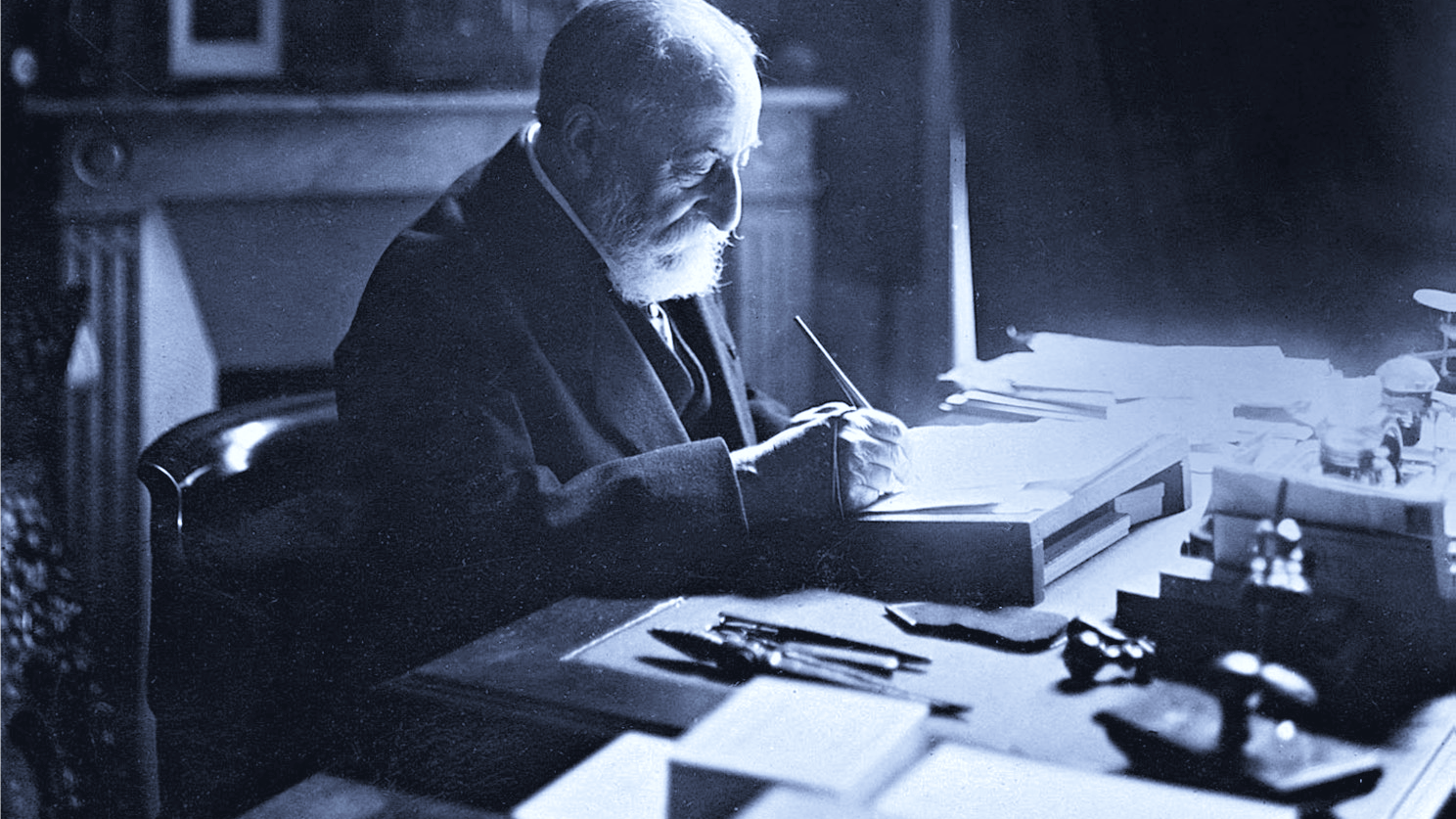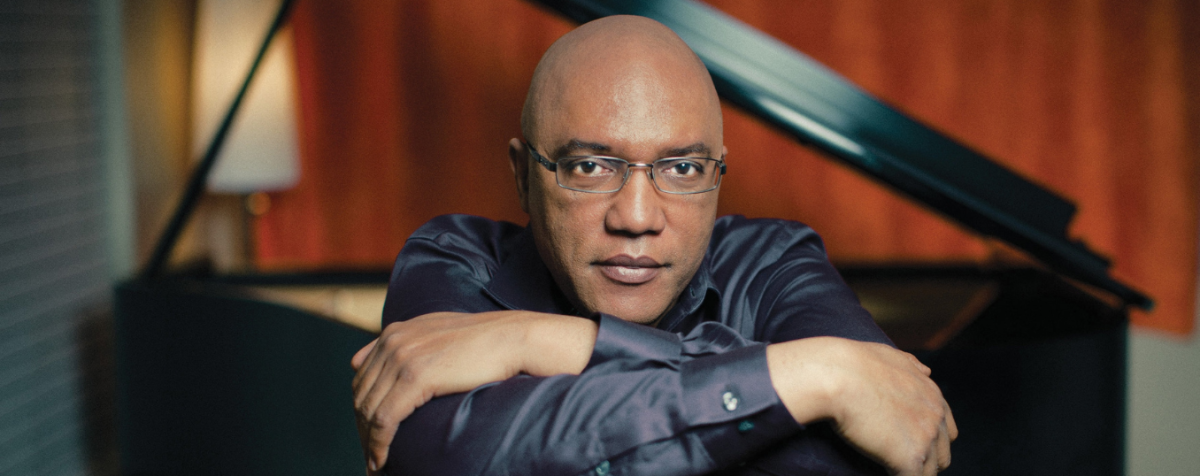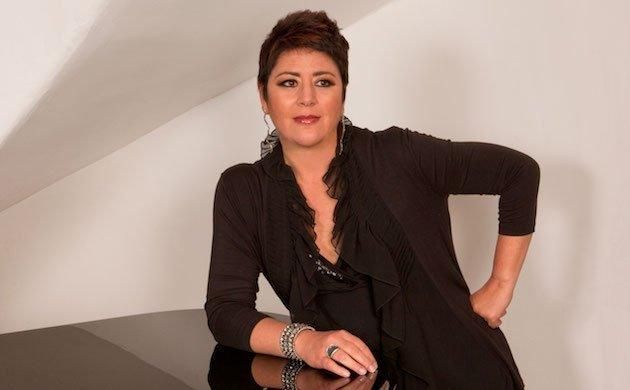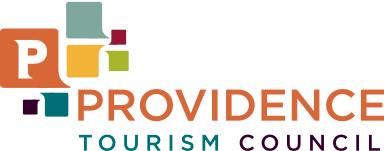THE STORY BEHIND: Sibelius' Symphony No.1
Share
On February 25, Ruth Reinhardt and the Rhode Island Philharmonic Orchestra will present TCHAIKOVSKY VIOLIN CONCERTO with violinist Maria Ioudenitch.
Title:
Symphony No.1, op.39, E minor
Composer: Jean Sibelius (1865-1957)
Last time performed by the Rhode Island Philharmonic:
Last performed January 15, 2005 with Larry Rachleff conducting. This piece is scored for two piccolos, two oboes, two clarinets, two bassoons, four horns, three trumpets, three trombones, tuba, timpani, percussion, harp and strings.
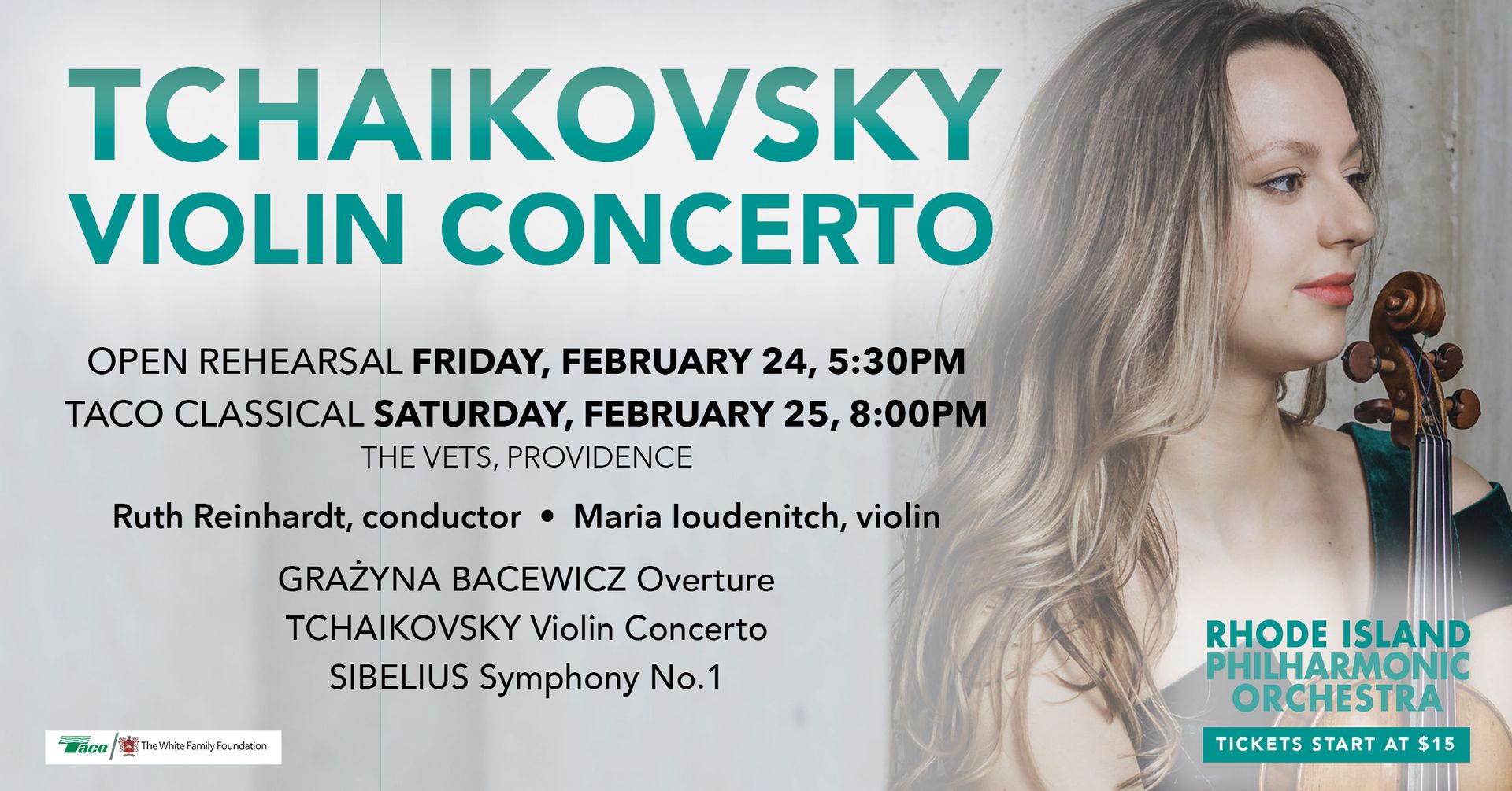
The Story:
Like Brahms, Jean Sibelius waited to compose his First Symphony. When the work was completed in 1899, Sibelius was 34 years old. Although this was his first full symphonic essay, the composer had already plotted his course as a master of the orchestra through his programmatic symphonic poems. The 1890s saw the composition of
En Saga, the
Lemminkinen
Suite, and (just ahead of the First Symphony) the famous
Finlandia. Some critics tried to apply a program to Symphony No. 1 as well, although Sibelius never stated one. Like Beethoven and Brahms, the great symphonists before him, Sibelius used a model composer for his first symphonic effort. His was Tchaikovsky. In 1894 and again in 1897, Tchaikovsky's
Pathétique
Symphony was performed in Helsinki, and hearing it made a deep and distinct impression on Sibelius. He even wrote to his wife, “There is much in that man that I recognize in myself.” Thus, the harmony, extended melodies, and dark orchestration reflect the influence of the Russian master. However, there is much more in the symphony that is original, pointing to Sibelius’ future as the most significant symphonist of his time.
Following a unique opening for solo clarinet and timpani comes the exposition of long-breathed, rhythmically vital themes. Sibelius derives some of this material from the opening. The development is brief but significant, and there is a general recapitulation. Rather than concluding with a post-developmental coda, Sibelius chooses instead to end the movement tersely.
The
Andante
is a checkerboard form in which the yearning main theme returns in different guises three times. Textures as diverse as contrapuntal imitation and thick chords drive the movement to a fever pitch just before the final statement of the main theme. Sibelius Scholar Erik Tawaststjerna has described the Scherzo movement as firmly in the Bruckner tradition. Its humor is broad and brusk, and its rhythms pound relentlessly. Following a smoother, more lyrical middle section, a terse return of the main section closes the movement.
Sibelius subtitled the Finale as
quasi una fantasia. Much of its thematic material comes from the first movement, notably the opening, a fervent paraphrase of the symphony’s opening. The center of gravity, however, is an extended development section. The impassioned closing moments of the symphony are capped in a somewhat ironic way (like the first movement) by two soft pizzicato chords.
Program Notes by Dr. Michael Fink © 2023 ALL RIGHTS RESERVED
Tickets start at $15! Click HERE or call 401-248-7000 to purchase today!
